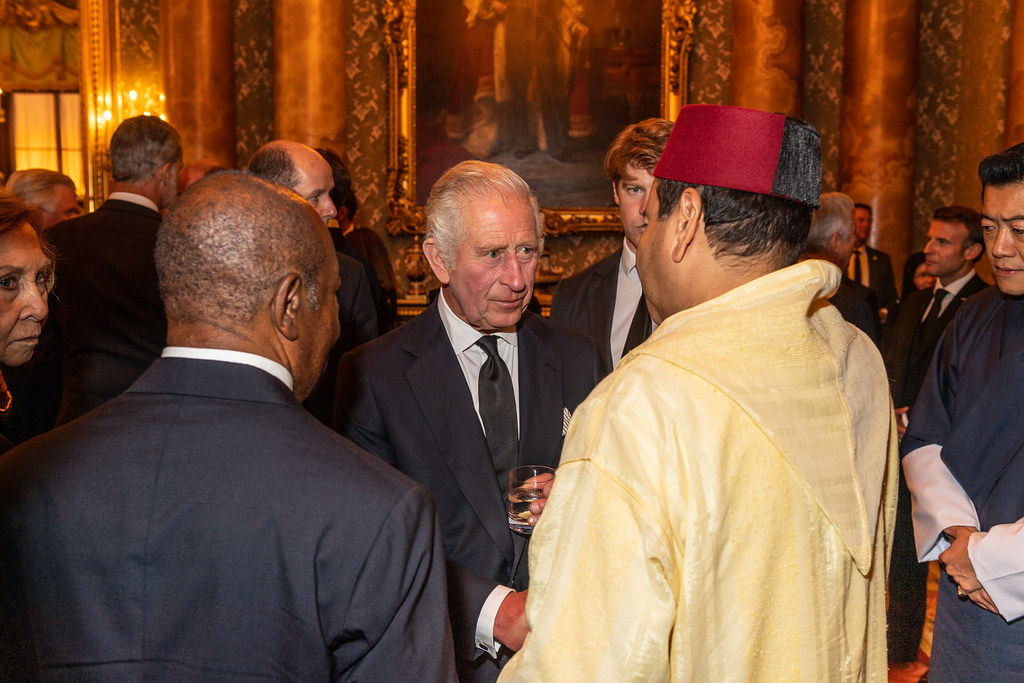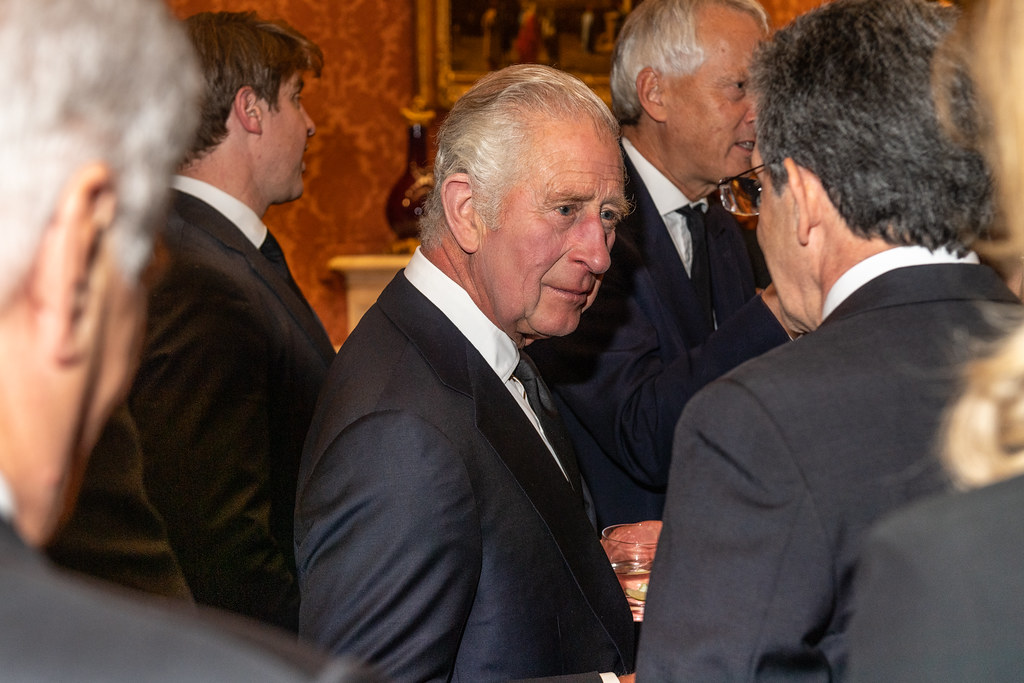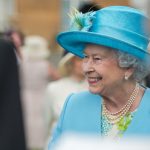The ceremony, the first one since 1952 when Queen Elizabeth took the throne, was broadcast live for the first time.
King Charles III has been proclaimed the United Kingdom’s monarch in a pomp-filled ceremony steeped in ancient tradition and political symbolism – an event which has been for the first time, broadcast live online and on air.

The ceremony on Saturday was followed by gun salutes and the reading of proclamations in London and in the other capital cities of the UK – Edinburgh in Scotland, Belfast in Northern Ireland, and Cardiff in Wales.
Charles, who spent seven decades as heir apparent, automatically became king when his mother, Queen Elizabeth II, died on Thursday. But the accession ceremony was a key constitutional and ceremonial step in introducing the new monarch to the country, a relic of a time before mass communications.
Dozens of senior British politicians past and present, including Prime Minister Liz Truss and five of her predecessors, gathered in the ornate state apartments at St James’s Palace for the meeting of the Accession Council.
They met without Charles, officially confirming his title, King Charles III. The king then joined them, pledging to follow his mother’s “inspiring example” as he took on the duties of monarch.
“I am deeply aware of this great inheritance and of the duties and heavy responsibilities of sovereignty which have now passed to me,” he said.
Speaking of his personal grief, he said: “I know how deeply you and the entire nation, and I think I may say the whole world, sympathise with me in this irreparable loss we have all suffered.”
The new king formally approved a series of orders — including one declaring the day of his mother’s funeral a public holiday.
Hours after the ceremony, Prince Harry and his wife, Meghan, the Duchess of Sussex, joined Prince William and Princess Kate at Windsor Castle to view the sea of floral tributes left by the public in honour of the princes’ grandmother.
It was the two couples’ first public appearance since the queen’s death. The princes and their wives were seen shaking hands and speaking with members of the public.
Queen Elizabeth II will lie in state starting Wednesday for four days at the Palace of Westminster, after her body is brought from Balmoral, first to Edinburgh and then to London. The state funeral will take place on September 19 at Westminster Abbey.
Organisers described the ceremony as a “a fitting farewell to one of the defining figures of our times.’’
The palace made the announcement hours after the first accession ceremony since 1952, when Queen Elizabeth II took the throne.
Charles was accompanied at the ceremony by his wife Camilla, the queen consort, and his eldest son Prince William. William is now heir to the throne and has assumed the title that Charles long held, prince of Wales.

The ceremony ended with a royal official publicly proclaiming King Charles III the monarch from a balcony at the palace. In centuries past, this would have been the first official confirmation the public had of their new sovereign.
‘The crown never dies’
David White, the garter king of arms, made the proclamation flanked by trumpeters in gold-trimmed robes before leading cheers — “hip, hip, hooray!” — for the new king.
Gun salutes rang out in Hyde Park, at the Tower of London and at military sites around the UK as he announced the news, and scarlet-robed soldiers in the palace courtyard doffed their bearskin hats in a royal salute.
The proclamation was read out in the medieval City of London and at other locations across the UK.
Ed Owens, a royal historian, said the “highly choreographed pageantry” of the event is a direct message to the British public that the monarchy is very much entrenched in the fabric of the UK’s history.
“There’s a clear emphasis on pomp, pageantry – a vision of British history unfolding before our eyes,” Owens told Al Jazeera from London.
“The point here is that the crown never dies,” he continued. “As soon as the mortal monarch dies, the crown then passes directly to the successor.
“The professionalisation of the kind of royal spectacle that is unfolding in central London today really took place in the late 19th, early 20th century. And that is because the monarchy sought to make itself the centre of British history, and the kind of orchestration of these kinds of events that we’re witnessing today are about presenting to the masses, especially to television viewers, what is it that British history means,” Owens said.
For many Britons, her passing, though long expected, is a destabilising experience. It comes at a time when many Britons are facing an energy crisis, the soaring cost of living, the uncertainties of the war in Ukraine and the fallout from Brexit.
The country has also just seen a change of leader. Truss was appointed by the queen on Tuesday, just two days before the monarch died.
Charles struck a note of continuity on Friday, pledging in a televised address to carry on the queen’s “lifelong service,” with his own modernising stamp.
The new monarch looked to both the past — noting his mother’s unwavering “dedication and devotion as sovereign” — and the future, seeking to strike a reassuring note of constancy while signalling that his will be a 21st-century monarchy.

